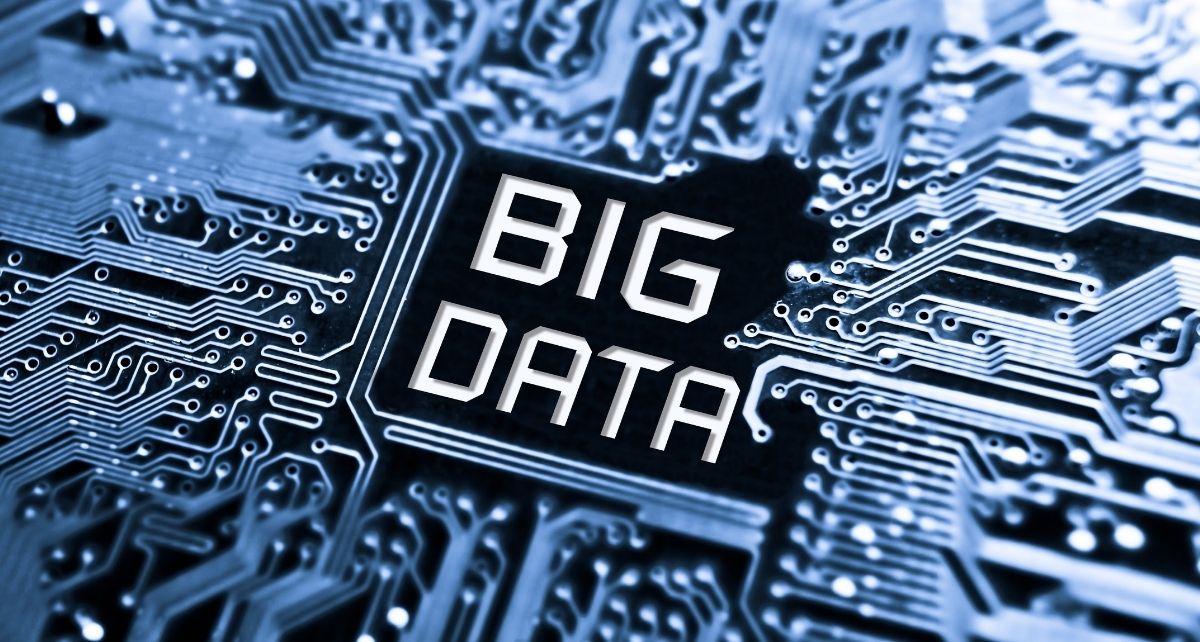Big Data For Dummies

Every WhatsApp message, Google query, or credit card purchase generates a significant data source. Large companies collect and analyze this computerized data, even in real-time, to achieve a competitive advantage in the market. This is the function of “Big Data,” which in Spanish means “massive data.”
Big Data finds repetitive patterns within these large data sets, which are challenging to work with due to the speed at which they are generated and the variety of formats and sources. Therefore, the objective of this discipline is to transform data into information that opens up a business opportunity.
Table of Contents
What Is Big Data, And What Types Of Data Do You Work With?
There are many tools to deal with Big Data. Some are Business Intelligence, Hadoop, Machine Learning, and NoSQL. They all work with three types of content:
- Structured data: those that appear “ordered” and that companies usually collect in their traditional databases: customer names, their date of birth, their email, etc.
- Unstructured data: those that have no order but contain valuable information. For example, the data obtained from likes or retweets provide information about people’s tastes and interests.
- Semi-structured data contain markers to separate the different elements, which facilitates their treatment, even if they do not appear in relational databases. An example is HTML documents.
What Are The Advantages Of Big Data?
Managing a significant number of data gives companies the following benefits:
- Accessibility to internal information: digitizing data allows companies to gain agility and efficiency in production processes.
- Customer loyalty: Knowing consumers’ degree of satisfaction with our products and services serves to offer them what they need.
- Optimization of marketing strategies: it allows you to check if the actions have been successful and the errors to be corrected.
- Speed in decision making: the information obtained from the network means that business strategies can be implemented with greater security and speed.
- Cost reduction: the deadlines for the start-up of a product or service are shortened by knowing the needs demanded by consumers.
- Process automation: from data sets, it is possible to access artificial intelligence and establish machine learning processes.
What Are The Guidelines To Understand Big Data For Dummies?
We can say that Five aspects govern big Data… ‘The five V’:
Volume
Managing a torrent of unstructured data that has immense potential in itself is very difficult. These large volumes of data require a correct orientation of the strategies to filter what is searched and save time.
Speed
Analyzing large volumes of data that do not change very often takes hours and even days. Information processing time in data analysis processes is a fundamental value for the study to provide advantages that make a difference.
Variety
Big data works with a large amount of data in many formats, from texts, audio, and videos to web addresses. This diversity increases complexity in both storage and analysis.
Veracity
The high number of information makes it essential to start a “Cleaning” of the data to ensure the best use. You have to eliminate unpredictable data such as the weather or the economy to make the right decisions.
Value
The most important part. Knowing what data needs to be collected, analyzed, and converted. If you do not obtain valuable information, the investment made in equipment and infrastructure to store data will not make sense.
Also Read: Data Analytics: Trends For 2022






